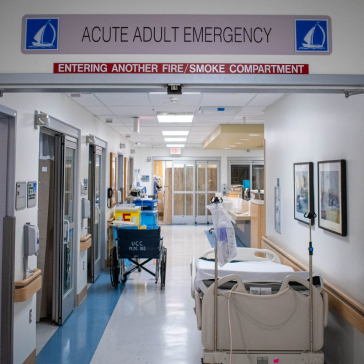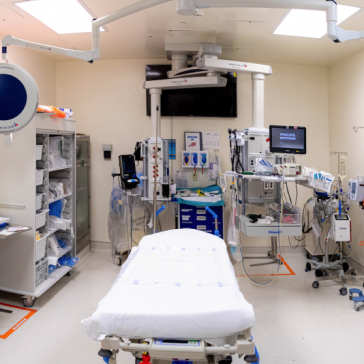PGY-1
The PGY-1 year (intern year) helps you obtain broad-based training in areas essential to the practice of Emergency Medicine. All your rotations will be at Harbor-UCLA, with the exception of Anesthesia (Martin Luther King Hospital). Rotations include 3.5 months of work in various intensive care units (medical, cardiac, and surgical), Anesthesia at MLK, Orthopedics, OB/GYN, Psychiatry, Emergency Ultrasound, and (of course) Adult and Pediatric Emergency Medicine.
Additional Perks
Your intern year starts with a two-week orientation to the Emergency Department. This time includes dedicated Adult and Pediatric ED shifts, procedure labs, computer training, and class bonding time to get you oriented and prepared for your time at Harbor.
- Intern orientation: 2 weeks
- Adult ED: 12 weeks
- Pediatric ED: 8 weeks
- Psychiatric ED: 2 weeks
- ED Ultrasound: 2 weeks
- MLK Anesthesia: 2 weeks
- Medical ICU: 4 weeks
- Cardiac Care Unit: 4 weeks
- Surgical ICU: 4 weeks
- Orthopedic Surgery: 4 weeks
- OB/Gyn: 4 weeks
- Vacation: 4 weeks


